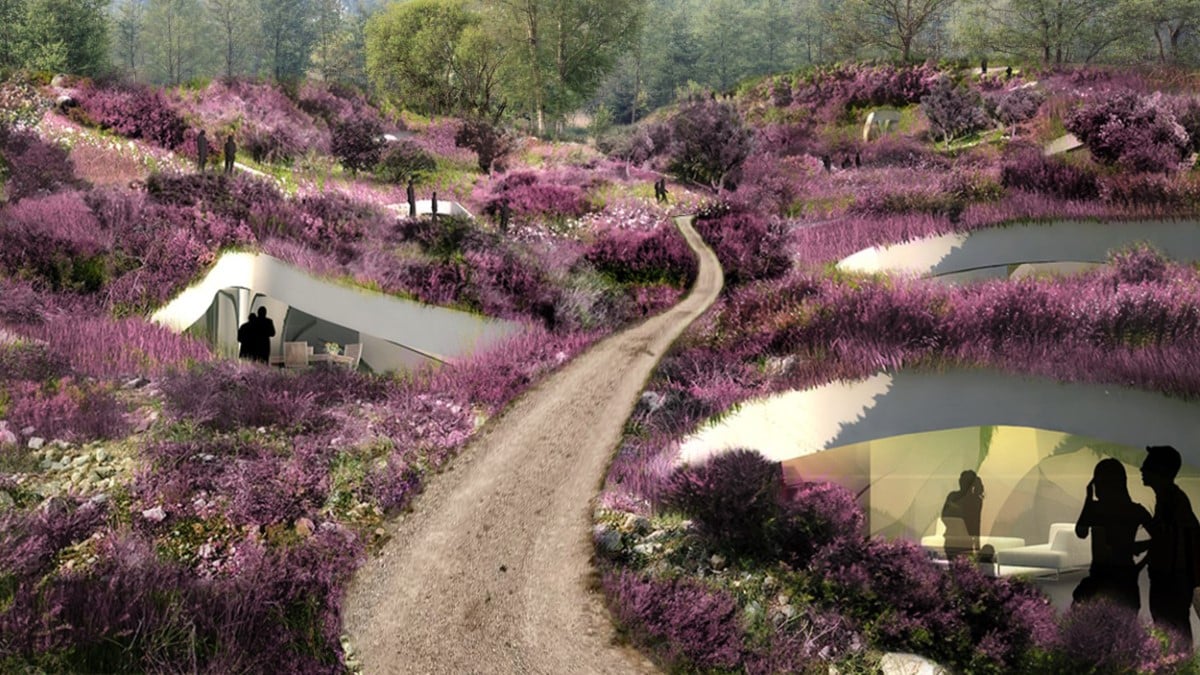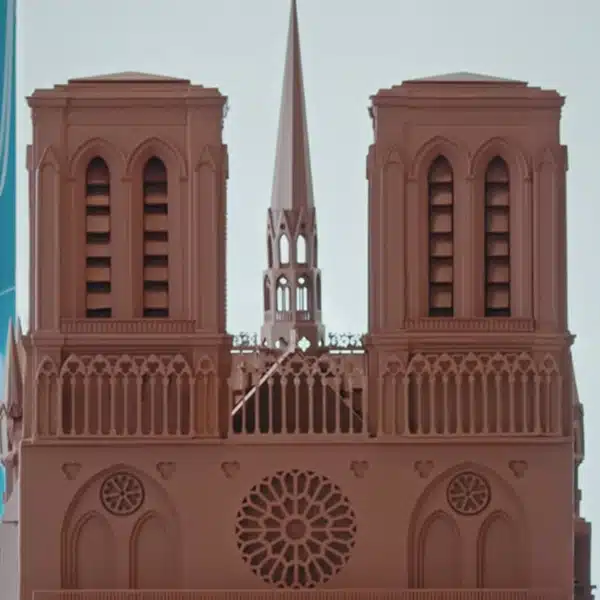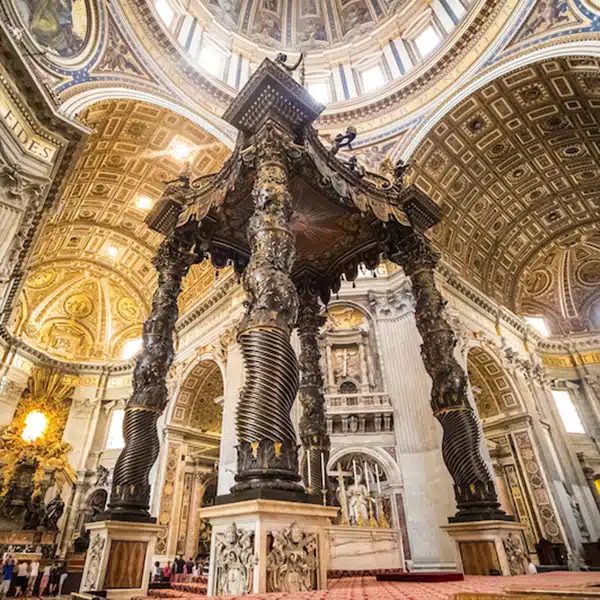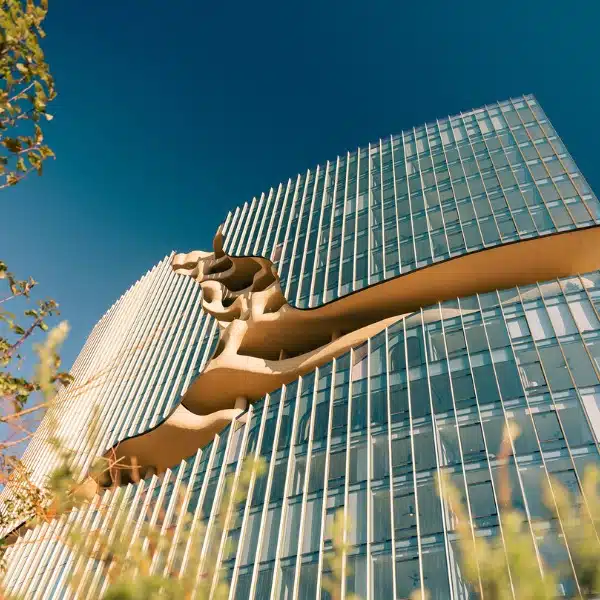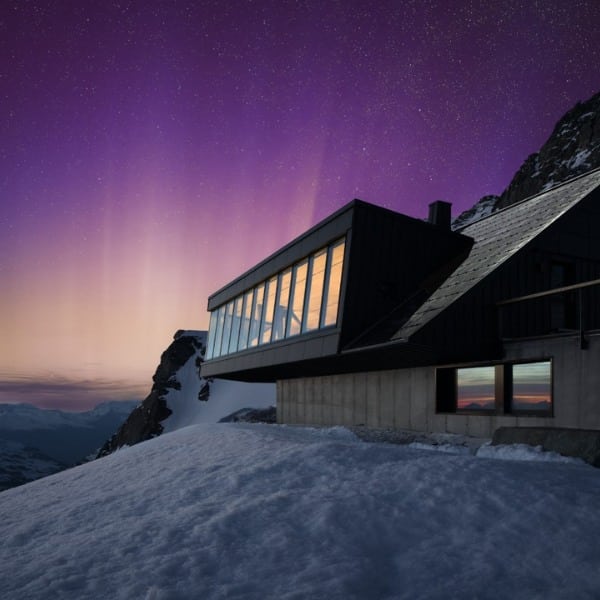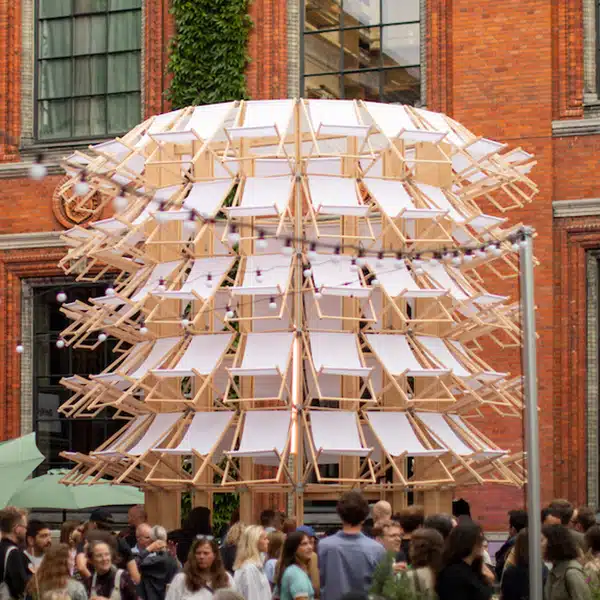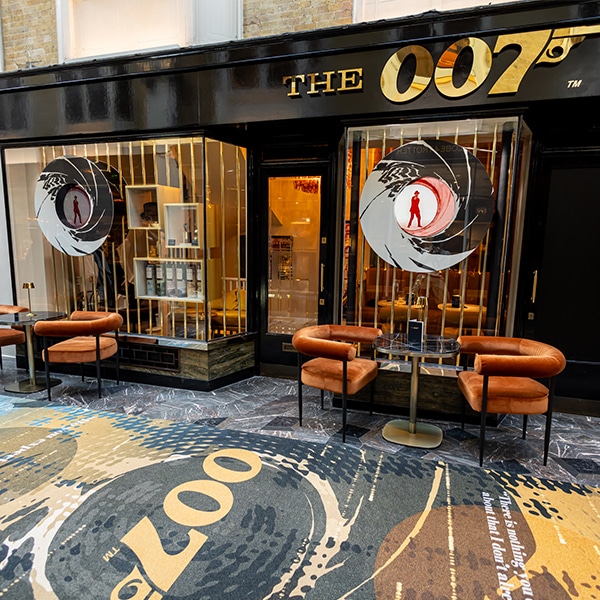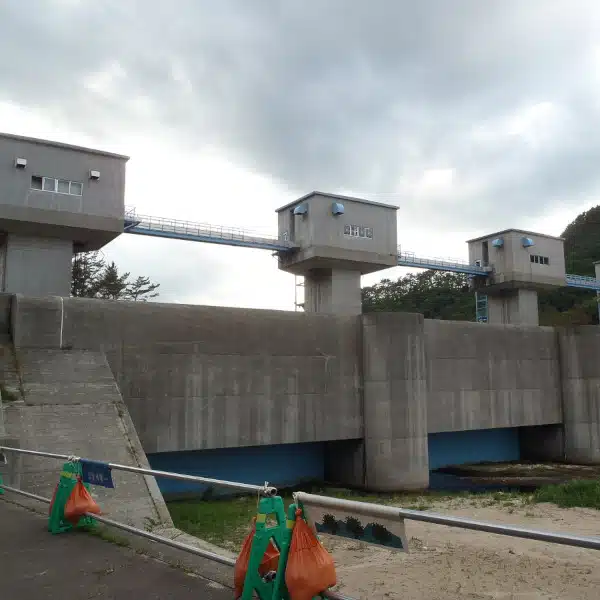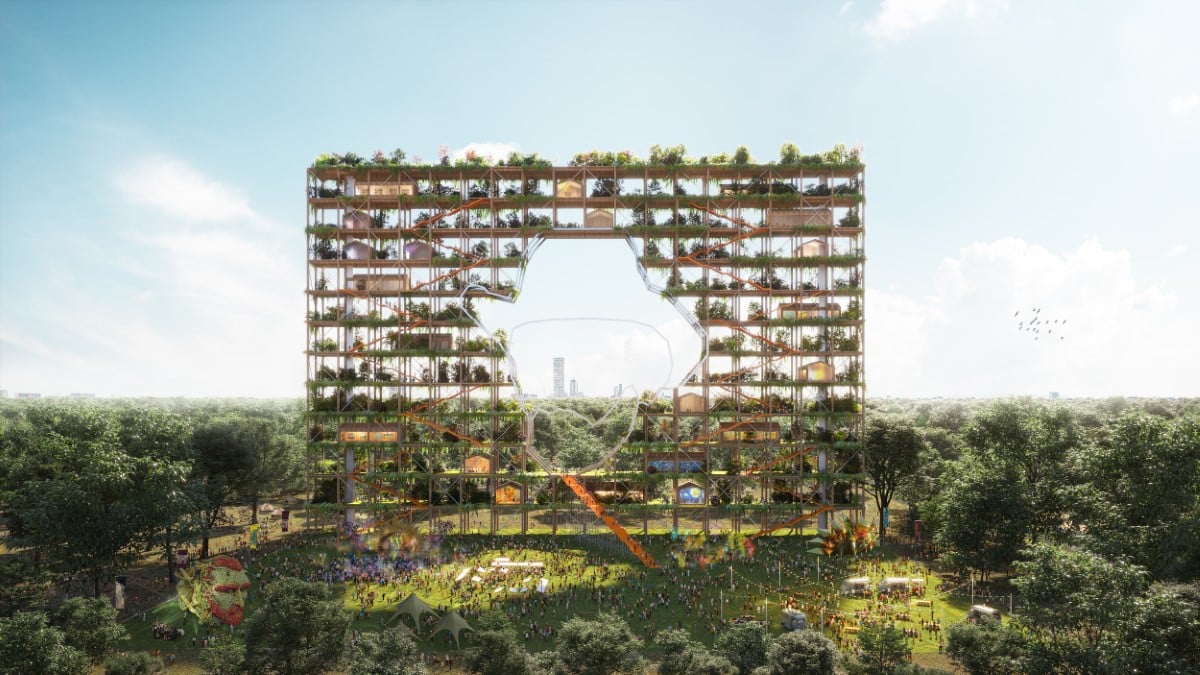
The artist Vincent Van Gogh was born and raised in the Dutch province of Brabant and its landscape features heavily in his paintings. But now, 150 years after he left the area, Brabant's landscape is under threat from increased floods. This puts an enormous amount of pressure on the farmers and locals who live and work there. To shine a spotlight on the issue, architecture firm MVRDV is collaborating with Midpoint Brabant and the Van Gogh Homeland Foundation.
Together, they are planning an initiative to show the world why the Post-Impressionist painter was inspired by the landscape and how it can be made more sustainable in the future. The first part of the plan is the Van Gogh Homeland Biennale, which is being curated by MVRDV founding partner Winy Maas. The outdoor exhibition, which is set for 2025, will invite visitors to interact with typical elements from the Brabant landscape.
This might include a visit to a temporary super dune or a rain chamber. A heather house and horticultural tower will also steep visitors in the natural beauty available in the province. Makers are being challenged to think about elements common to Brabant's landscape and how they can push the limits of what's possible when accentuating their best features.
In this way, Maas hopes that the Biennale will get the public thinking creatively about climate change. “Exploring so many possibilities can get the ball rolling,” he shares. “Our outdoor exhibition will soon consist of numerous pavilions that will be placed in the landscape, like a string of beads. We do not give visitors a moralistic message, but let them feel climate change—the dryness, the wetness. We also show possible solutions such as a garden tower or a super dune. In my opinion, the task for the coming period lies in the interweaving of city with nature, and of nature with city. We must be open to a critical approach to each other's ideals.”
The intention is to hold the biennale every two years in a different part of Brabant. The inaugural event is destined for the central part of the province, with the Tilburg municipality acting as the focal point. While the hope is that the biennale will attract a wide range of visitors, the organizers are targeting the younger generation in particular.
“The expectation is,” shares Lian Duif of the Van Gogh Homeland Foundation, “that, thanks to the way the biennale presents information, young people will also feel more involved in the major transition challenges, as well as the landscape that surrounds them—which of course, they will manage in the future.”
The Van Gogh Homeland Biennale is a way to explore the inspiring Brabant landscape that Vincent Van Gogh loved.
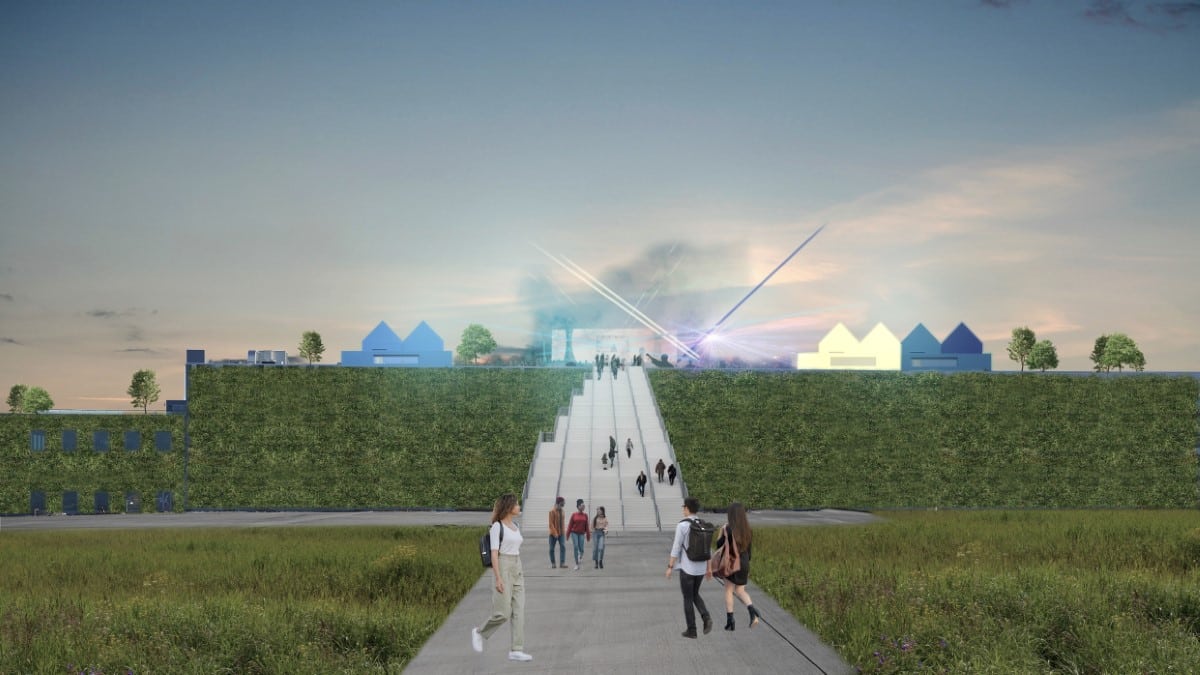
The biennale, which is scheduled for 2025, is the result of increased flooding and pressure on the iconic landscape.
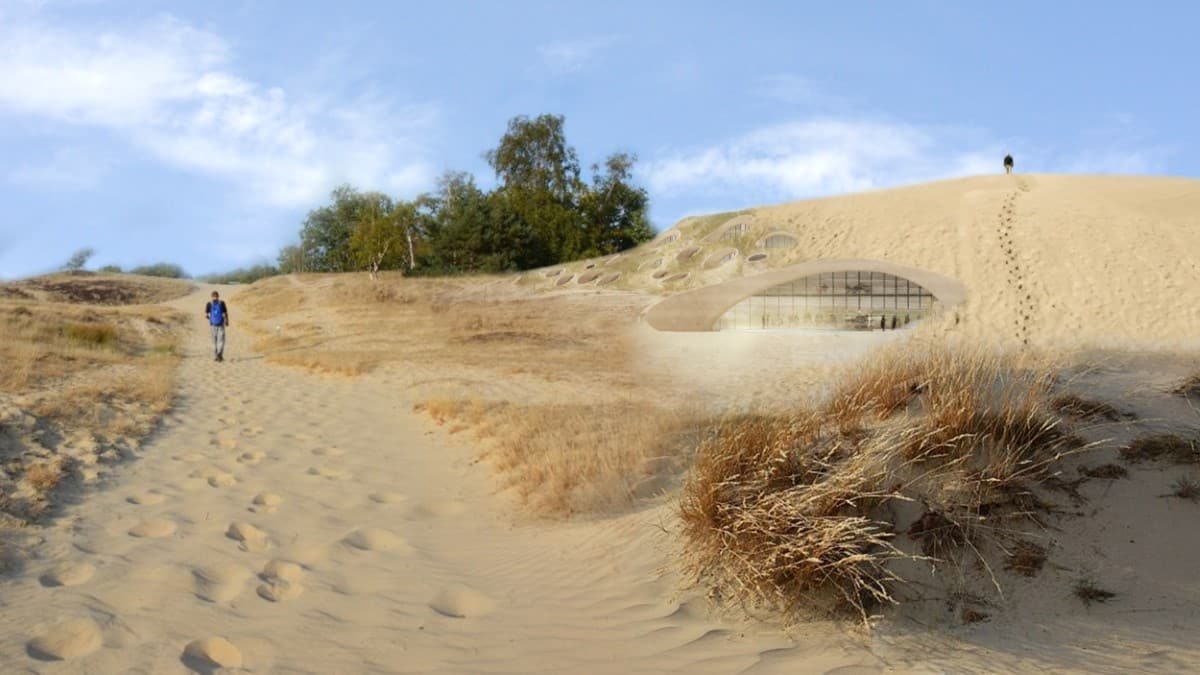
Curated by MVRVD founding partner Winy Maas, it calls on creators to show why Van Gogh loved this landscape and how it can remain sustainable in the future.
